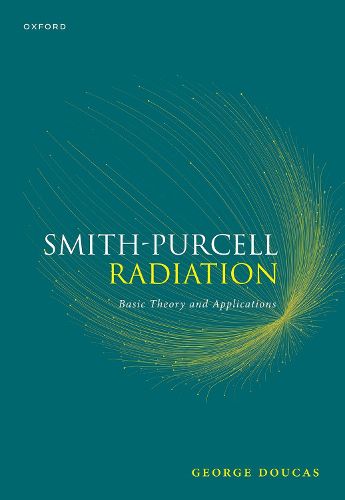Readings Newsletter
Become a Readings Member to make your shopping experience even easier.
Sign in or sign up for free!
You’re not far away from qualifying for FREE standard shipping within Australia
You’ve qualified for FREE standard shipping within Australia
The cart is loading…






Smith-Purcell radiation is the name given to the radiation produced when a charged particle beam, usually electrons, passes close to the surface of a metallic grating. The wavelength of the emitted radiation depends on the period of the grating and on the angle of observation. This makes this phenomenon a very useful tuneable source of radiation in the far-infrared (or THz) part of the spectrum, where tuneable sources are scarce. Moreover, a spectral analysis of the radiation can be used to reconstruct the time profile of the very short (picosecond or sub-picosecond) electron bunches that gave rise to this radiation. This is a parameter that is of interest to accelerator designers and users. The book is aimed primarily at experimentalists but starts with a relatively simple theoretical description of the origin of this radiation and then discusses its application either as a beam diagnostic tool or as a tuneable source of THz radiation. There is also a brief overview of other THz sources in order to allow the reader to assess the advantages of Smith-Purcell radiation.
$9.00 standard shipping within Australia
FREE standard shipping within Australia for orders over $100.00
Express & International shipping calculated at checkout
Smith-Purcell radiation is the name given to the radiation produced when a charged particle beam, usually electrons, passes close to the surface of a metallic grating. The wavelength of the emitted radiation depends on the period of the grating and on the angle of observation. This makes this phenomenon a very useful tuneable source of radiation in the far-infrared (or THz) part of the spectrum, where tuneable sources are scarce. Moreover, a spectral analysis of the radiation can be used to reconstruct the time profile of the very short (picosecond or sub-picosecond) electron bunches that gave rise to this radiation. This is a parameter that is of interest to accelerator designers and users. The book is aimed primarily at experimentalists but starts with a relatively simple theoretical description of the origin of this radiation and then discusses its application either as a beam diagnostic tool or as a tuneable source of THz radiation. There is also a brief overview of other THz sources in order to allow the reader to assess the advantages of Smith-Purcell radiation.